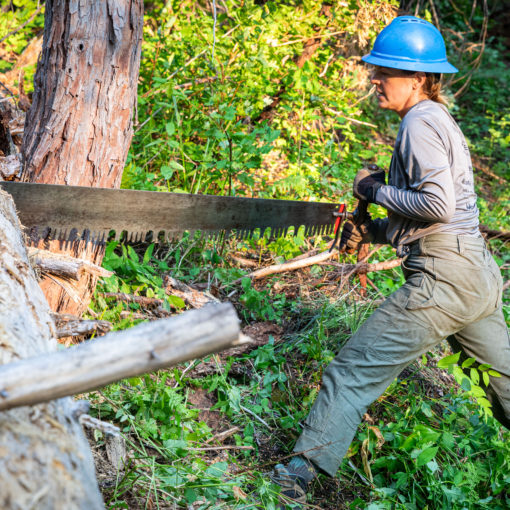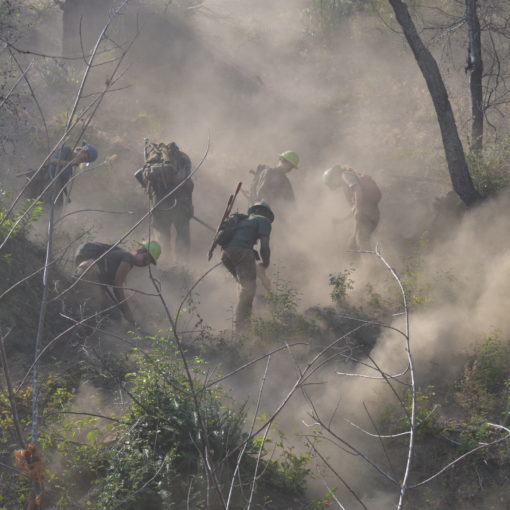| Hanging Rock, courtesy Mike Cooley |
15 April 2013 | Marial, OR — The wild Rogue River is a popular destination, attracting thousands of whitewater rafters a year. But very few meander past the river corridor and far into the rugged 35,800-acre Wild Rogue Wilderness Area.
There you will find the Rogue’s wildest and most pristine tributaries, including West Fork Mule Creek, Blossom Bar Creek; Paradise, Burns and Tate Creeks, whose headwaters to confluence are enveloped in the wilderness boundary.
You’ll find mining relics, cemeteries and cabin sites, all from a time long gone, when gold lured early settlers to this area. You’ll find fish, game, old-growth and out-of-this-world geology. And if you get far from the river, you’ll probably find yourself, too.
The 40-mile Rogue River Trail is popular for springtime backpackers, before the canyon’s south-facing slopes get too hot. But to hike into the wilderness’ recess for some unconfined solitude, the best access is by Mule Creek Trail No 1159.
It climbs about 8-miles from Tucker Flat Campground to Panther Ridge Trail No. 1253, which offers outstanding views of the Rogue Canyon, as well as access to Hanging Rock, an unusual outcrop that also offers unparalleled views. The ridges also offer great access to diverse game habitat.
Unfortunately, the Mule Creek Trail has suffered from ongoing damage after the 2005 Blossom Fire. Fallen, fire-killed trees and brush have choked a lot of it in, and without restoration work the historic trail is very much threatened.
| Flora Dell Creek confluence |
So this June the SMC is joining forces with Wilderness Volunteers, a national volunteer group, to start work on the route. Volunteers coming from around the US are going to camp from Tucker Flat Campground and work their way up Mule Creek Trail.
The trip is full.
To access the Wild Rogue, read the BLM’s Rogue River Ranch brochure, which includes driving directions and other important information. Always be prepared; this area is remote and dangerous.



